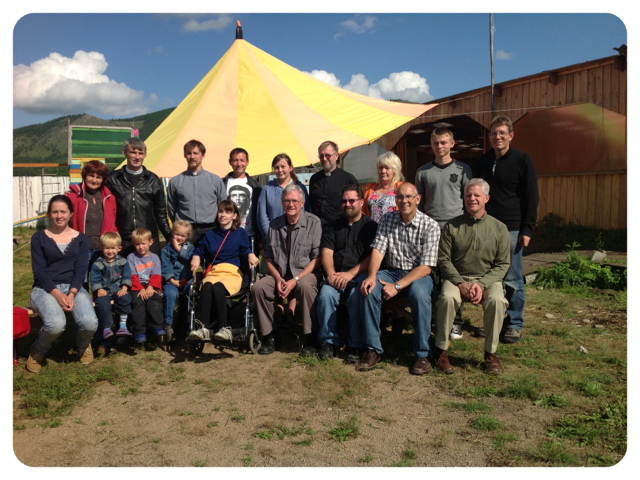
From August 20 to 23, we stayed at the "Camp between the rivers," a camp of the Siberian Evangelical Lutheran Church. The camp is located between the White Ius and Black Ius Rivers.
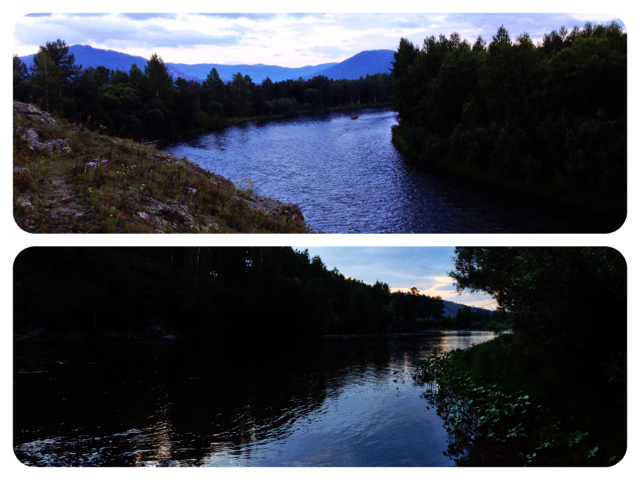
The Ius River is beautiful and considered to have pure water. It served as a good location for the camp near the village of Efremkino (Ефремкино) in Khakassia, Siberia, Russia.
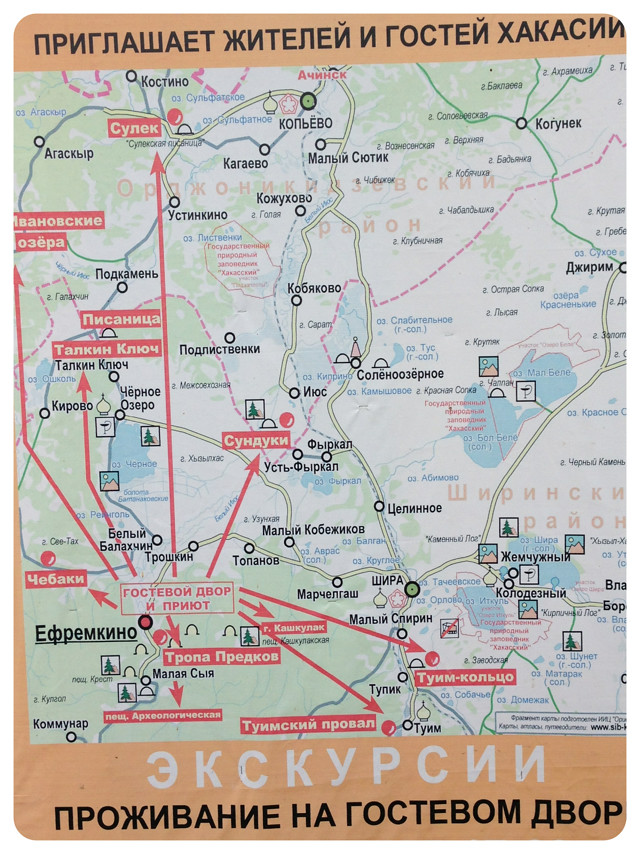
A map of the area. The town of Efremkino (Ефремкино) is pictured in the lower left corner of the map. Near the camp is the "Path of the Ancestors," which is a place where a Paleolithic culture lived.
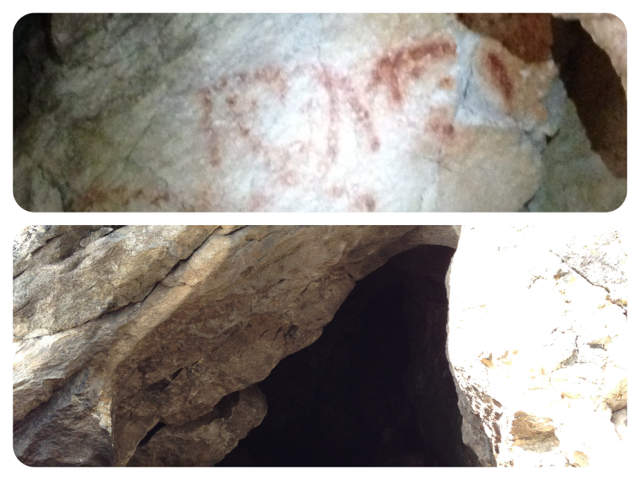
Inside one of the caves, were cave paintings nearly 4,000 years old. The paintings on the wall represented human beings and a god with four eyes. The caves were discovered by Pyotr Proskuryakov in 1883. Animal bones were found inside the cave indicating that sacrifices had been made to the god in the past.

Further along the trail, a Shaman's tree had ribbons on it indicating petitions to the spirits. This is similar to the other places in Siberia where sacrifices were made to the spirits.
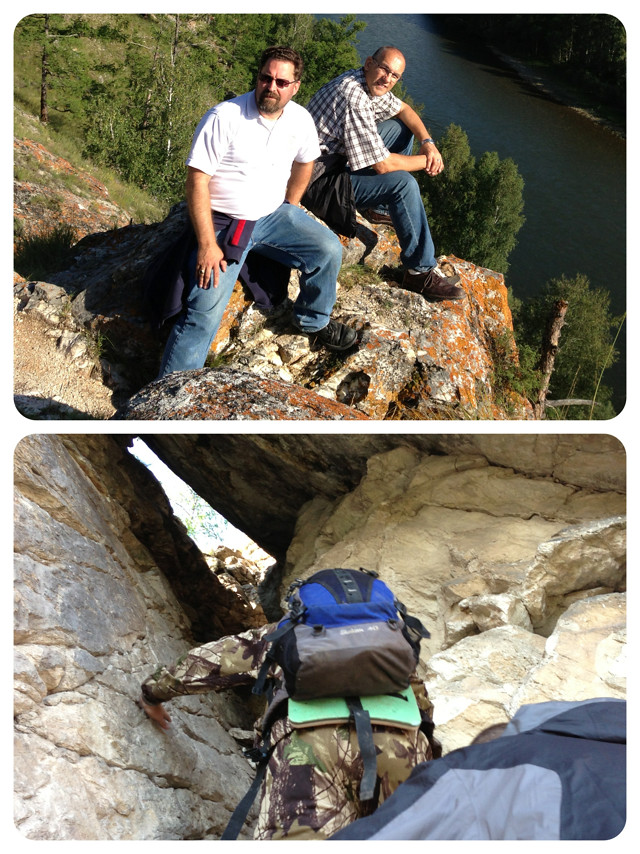
The trail itself was rugged at times. However the view was worth the effort.

At another portion of the trail, we came upon an unusual artifact.
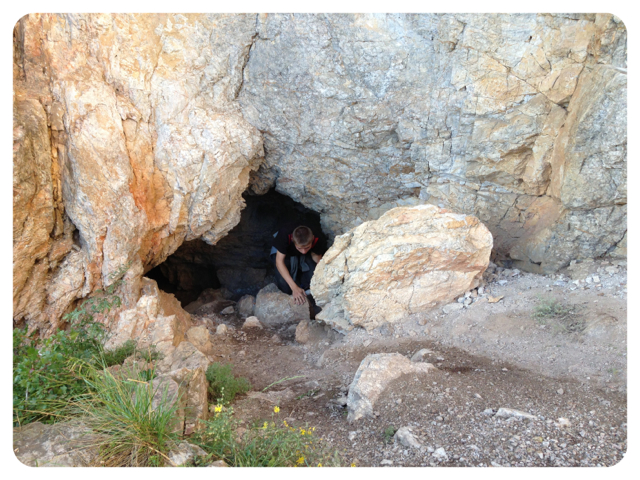
Nearby a cave that we came out of was some runic writing on the rock face. It was discovered in 1883 by Pyotr Proskuryakov's expedition, but the runic script was not deciphered until the early 20th century. The runic script encoder a Turkish based language. The inscription reads: "I greet you Altu Shan, my state and my Han (prince). I am Agdam Enal. My people are Tersye. I have come down from the mountains and have found out
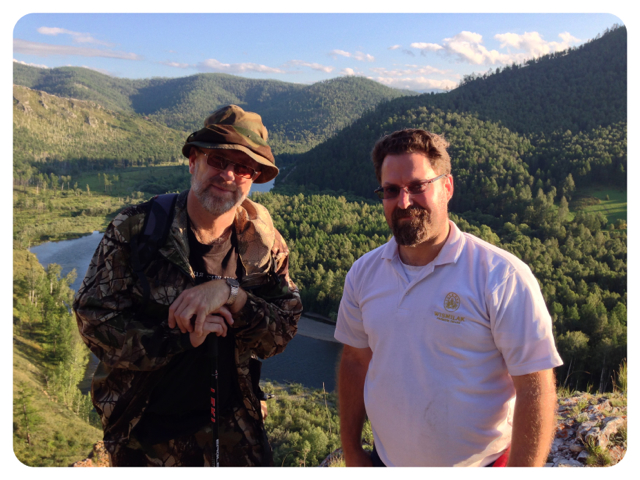
Pastor Pavel Zayakin explained the history of the "Path of the Ancestors" to us as we hiked along the path. It was very fascinating hearing the story of early Christianity in the 7 - 10th centuries.
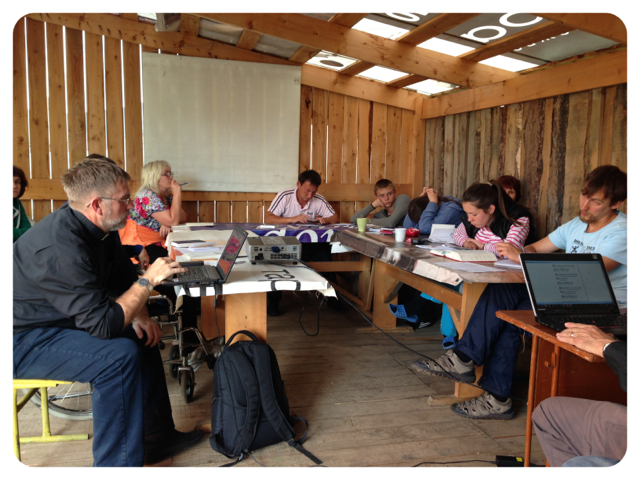
Back at the "Camp between two rivers" each day was book ended by morning and evening worship. Lectures were held during the day.
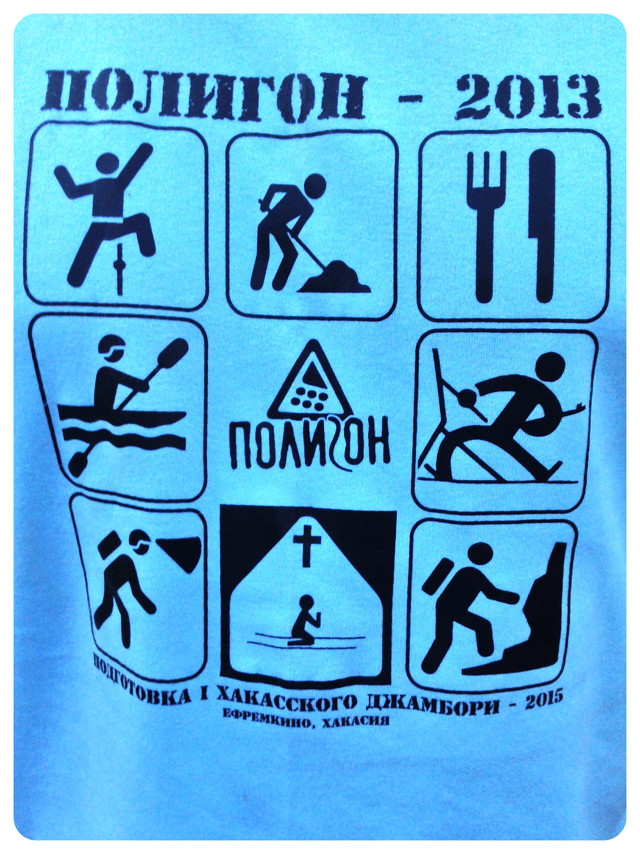
The Siberian Evangelical Lutheran Church's "Camp Between the Rivers" is structured after a Poligon, literally in English, a polygon. It has the practical sense of a training field or proving ground for soldiers or athletes. The camp is set up to train the hearts, minds, and bodies of young people to be Christians in this world, hence hiking, works of service, worship, study and camping.
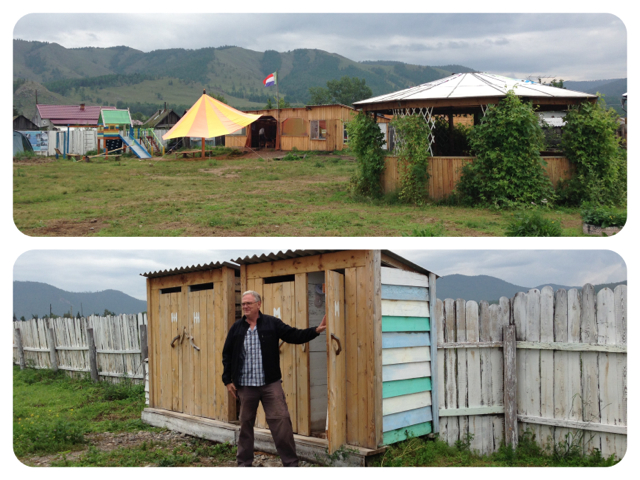
The camp is rustic, but a wonderful opportunity to study, meditate, and enjoy the Lord's creation.
Pastors Pavel Zayakin and Alexey Streltsov of the Siberian Evangelical Lutheran Church (SELC) hosted and accompanied (listed alphabetically) Rev. Dr. Albert Collver, LCMS Director of Church Relations; Rev. Randy Golter, Executive Director of the Office of International Mission; Rev. Daniel Johnson, Catechist to Siberia and Baltic churches; Rev. Dr. Timothy Quill, LCMS Director of Theological Education and Professor at Concordia Theological Seminary in Fort Wayne.
- Posted by Dr Albert Collver in Tuim, Russia using BlogPress from my iPhone
Location:Tuim,Russia
when's the next event?
ReplyDelete